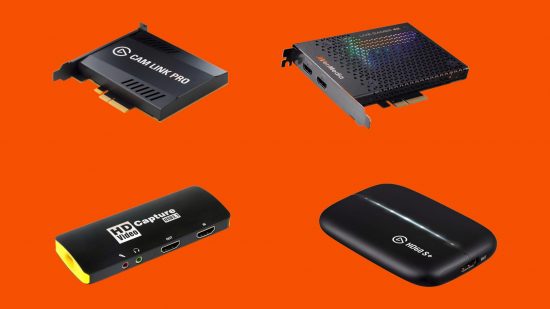Which is the best capture card for PC gamers? Grabbing the right capture card is the best way to ensure a quality live stream, as it translates gameplay into a language better suited for Twitch and YouTube.
While the best graphics cards from Nvidia and AMD can record your PC’s gameplay directly, these methods sometimes come with a performance tax that lowers your game’s frame rate and makes your stream stutter. Using one of the best capture cards lowers the overhead on your hardware and helps you boost fps. It’s also the only way you’ll get all the benefits of the best gaming PC when live-streaming from consoles – but choosing the right one can be difficult, and that’s why we have these recommendations for you.
The best capture cards for recording and livestreaming today:
- Elgato HD60 S+ – best overall
- AVerMedia Live Gamer 4K – best 144Hz option
- Elgato Cam Link Pro – best for streaming
- Mirabox HSV3217 – budget choice
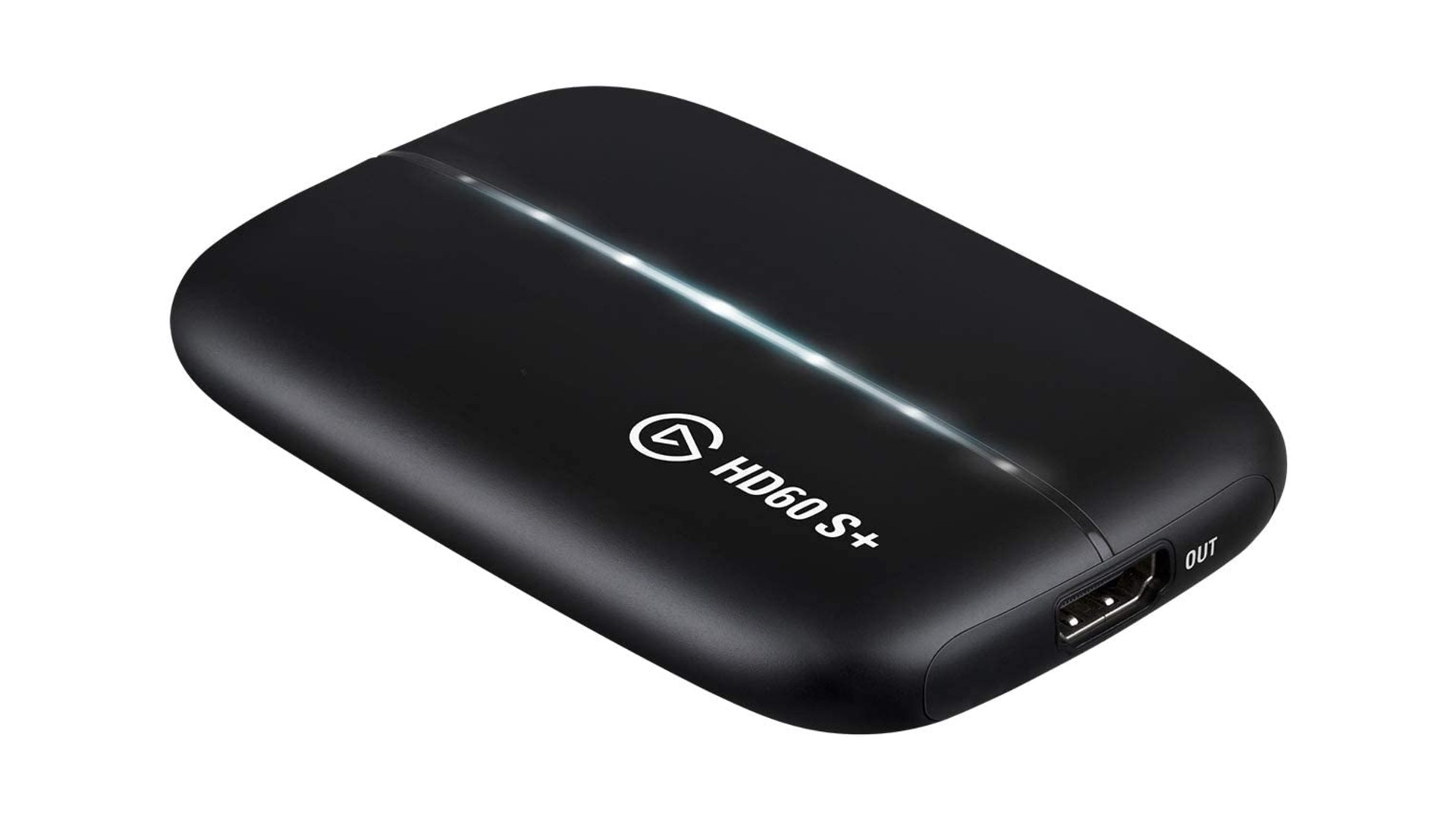
1. Elgato HD60 S+
The best capture card is the Elgato HD60 S+.
Elgato HD60 S+ specs:
| Capture quality | 1080p at 60Hz |
| Passthrough quality | 4K at 60Hz |
| Connections | HDMI In + Out + USB |
Pros:
- Amazing 4K HDR playthrough
- Easy-to-use software
Cons:
- 4K Capture software offers no HDR preview or playback
- Struggles with higher framerates
Elgato’s HD60 S+ is the best capture card for 1080p streaming at 60fps. While it records gameplay in HD, it still allows you to see the image at a higher resolution thanks to its passthrough supporting 4K, 60fps, HDR10, and zero latency – which is ideal if you’re using it with the best gaming monitor.
Though it does struggle a little bit when it comes to capturing higher framerates, it offers absolutely fantastic 4K HDR playthrough. Meanwhile, its native software is super easy to use and ideal for anyone just getting into capturing their gameplay.
It’s an external model that connects to your recording device via USB, supported by an app that makes it super easy to set up with your favorite streaming software, such as OBS or XSplit. It’s a fantastic all-rounder and that’s why it gets our top recommendation.
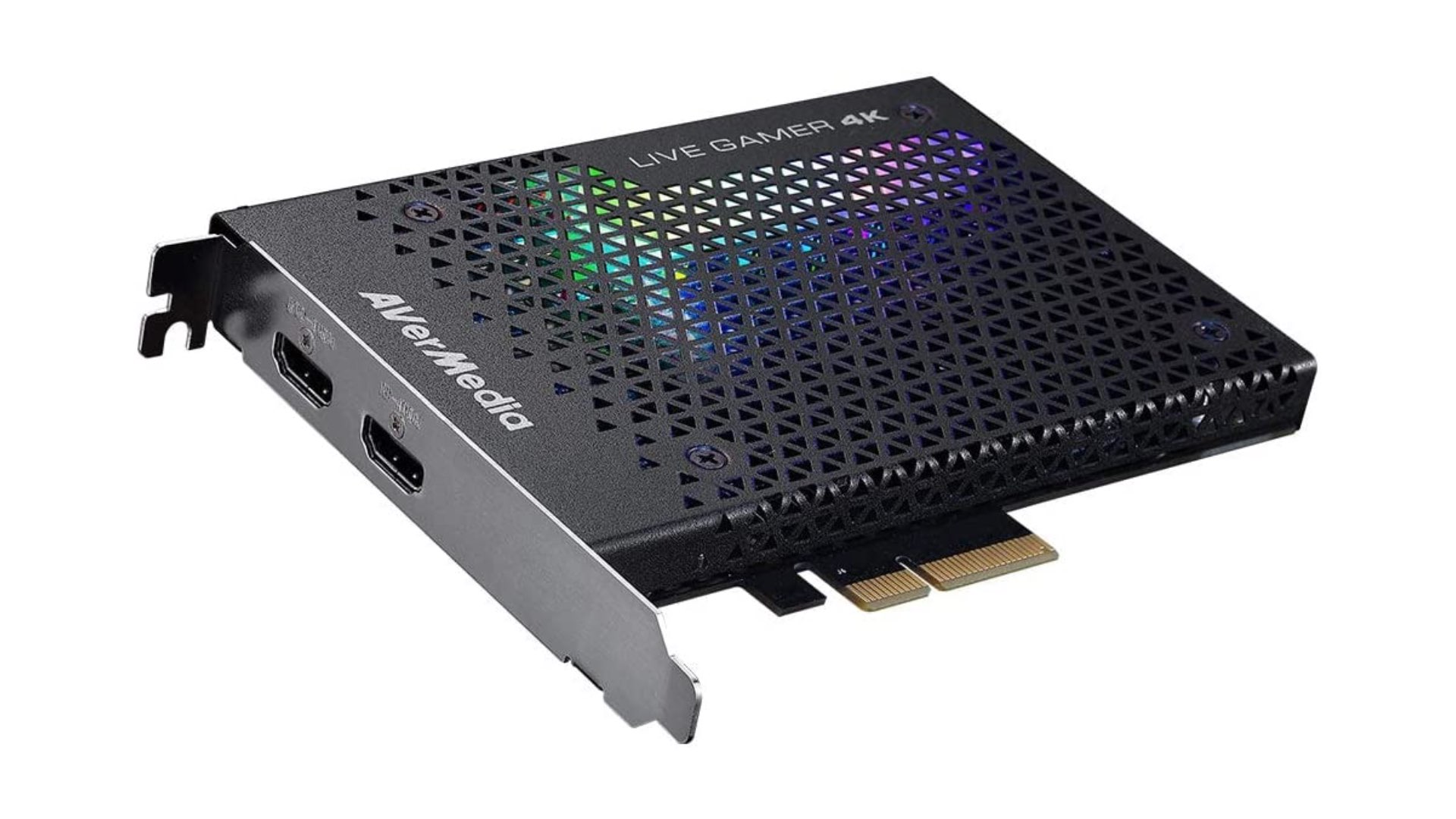
2. AVerMedia Live Gamer 4K
The best 144Hz capture card is the AVerMedia Live Gamer 4K.
AverMedia Live Gamer 4K specs:
| Capture quality | 1080p at 240Hz | 1440p at 144Hz | 4K at 60Hz |
| Passthrough quality | 1080p at 240Hz | 1440p at 144Hz | 4K at 60Hz |
| Connections | HDMI In + Out + PCIe x4 |
Pros:
- Can reach up to 240fps
- Three RGB configurations
Cons:
- Need a powerful PC to take advantage of it
- Native software not ideal
Streaming a competitive game such as CS:GO or Dota 2? You’ll want the capability of a high refresh rate passthrough. This model can handle passthrough and recording of 4K resolution at 60Hz, 1440p at up to 144Hz, or 1080p at 240Hz, keeping gameplay as smooth as butter for you and your viewers.
It’s an internal capture card that slots into a PCIe x4 slot, so make sure you’ve got one spare on the best gaming motherboard. Oh, and there’s RGB lighting, which won’t improve streaming quality, but it’ll look damn good as it works its magic.
Worth keeping in mind that you’ll need a fairly powerful setup in order to use this without any issues. If you’re using an older PC, or a budget option, then you might want to think about upgrading if you’re set on using the AverMedia Live Gamer 4K- though if you’re already playing 4K games on your PC, it’ll probably be fine.
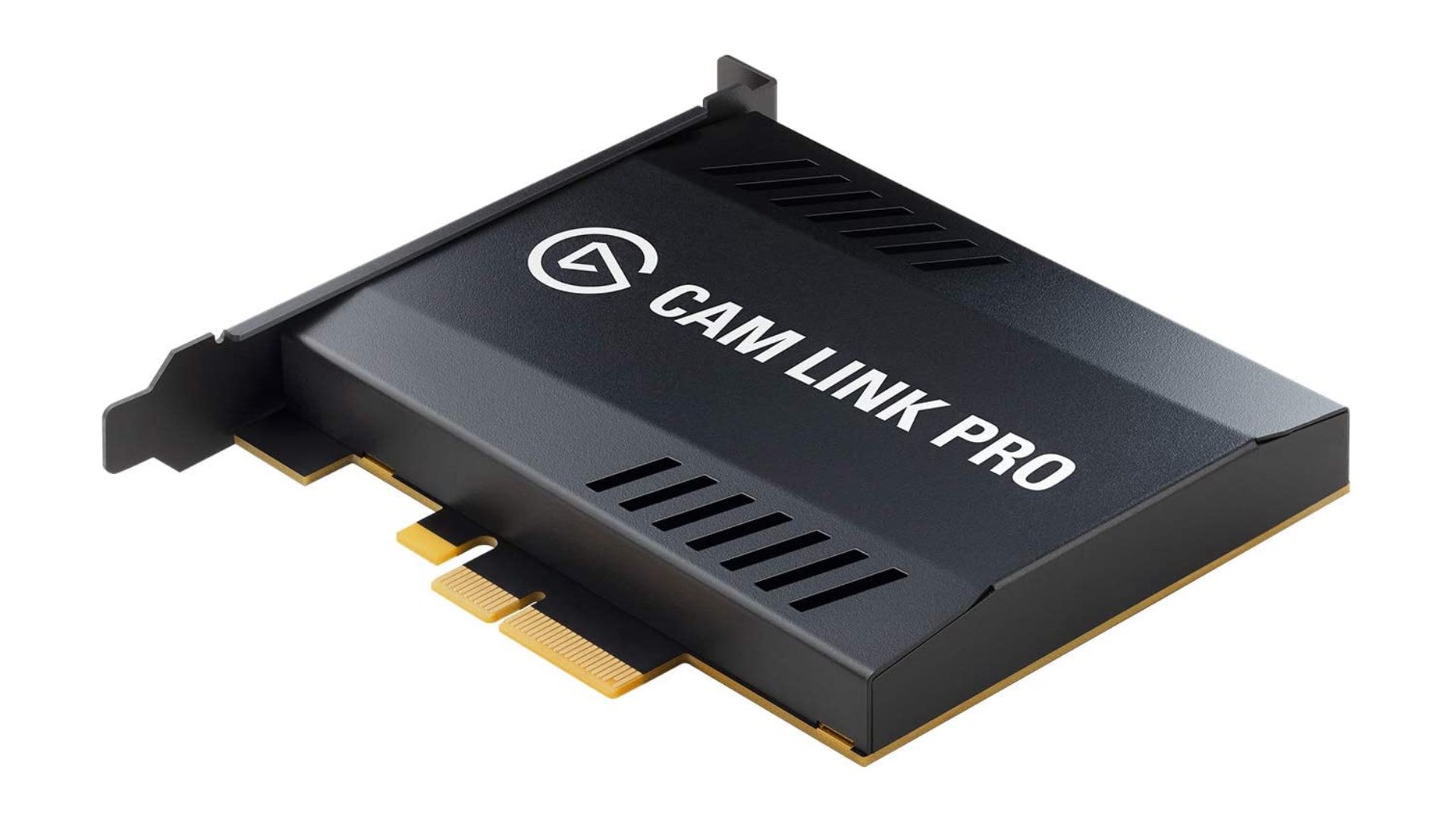
3. Elgato Cam Link Pro
The best capture card for streaming is the Elgato Cam Link Pro.
Elgato Cam Link Pro specs:
| Capture quality | 1080p at 60Hz | 4K at 30Hz |
| Passthrough quality | N/A |
| Connections | 4X HDMI In + PCIe x4 |
Pros:
- 4K capture quality (at 30Hz)
- Four HDMI inputs
Cons:
- No passthrough
- On the pricier side
This model is unlike any other in this list, letting you capture up to four HDMI inputs simultaneously, either pushing 1080p at 60fps or 4K at 30fps. You can use a DSLR camera to capture your face at a better quality than the best webcams, while streaming your gameplay, and have a secondary cam to capture your mouse all processed through a single device.
It doesn’t have passthrough, though, so you’ll need to view the signal through Elgato’s own software rather than on a separate monitor. On top of that, it does cost a little more than a lot of other capture cards, but considering the quality of footage that it can capture, you very much get what you pay for. There’s not a lot to criticize here.
You can combine all inputs either as a single picture within Elgato’s software or send them as separate inputs to your favorite streaming software, such as OBS. It’ll also integrate with Elagto’s Stream Deck for easy switching between input views.
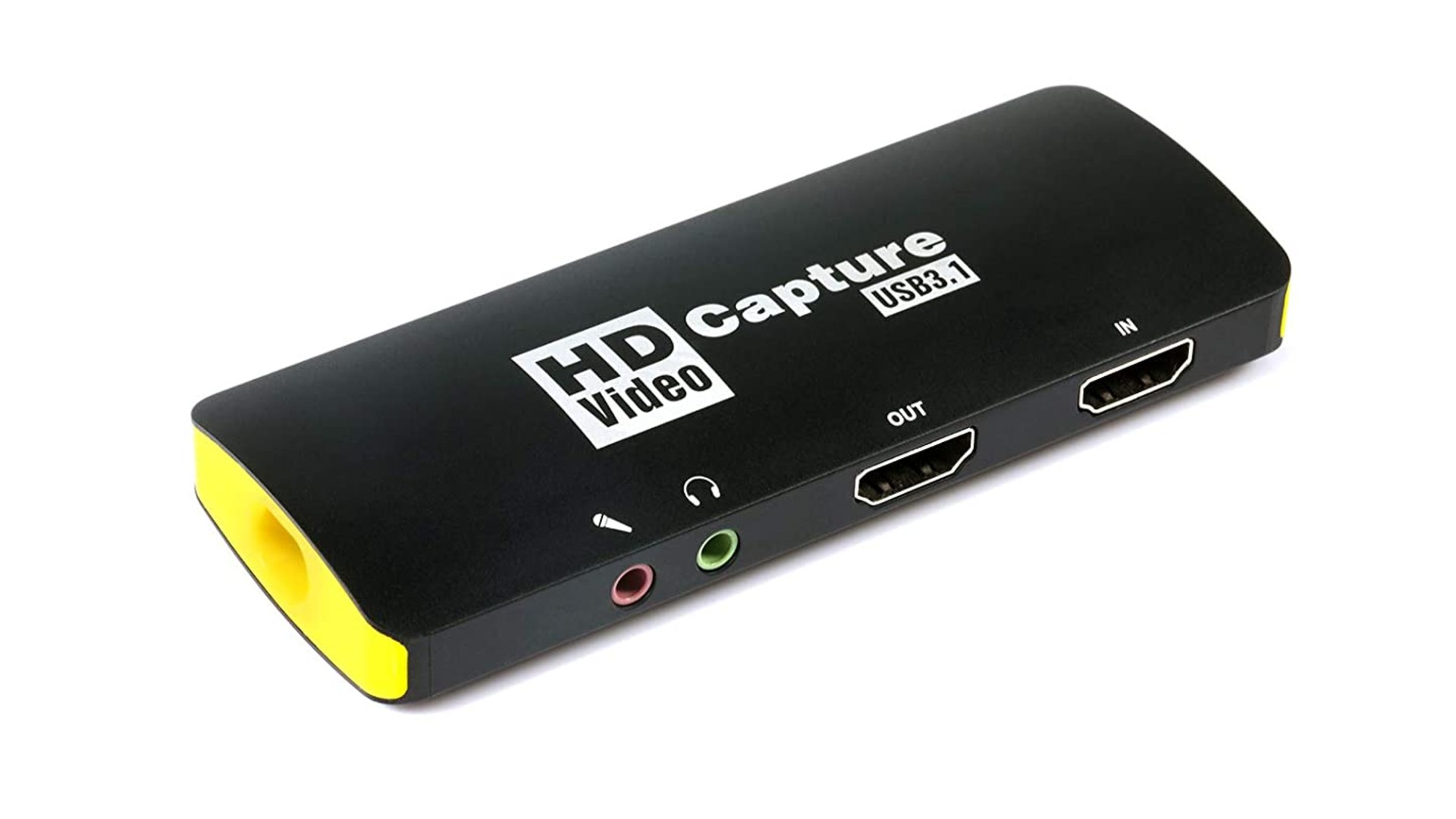
4. Mirabox HSV3217
The best budget capture card is the Mirabox HSV3217.
Mirabox HSV3217 specs:
| Capture quality | 1080p at 60Hz |
| Passthrough quality | 1080p at 60Hz |
| Connections | 1 HDMI In + Out + USB Type-C |
Pros:
- Affordable
- Excellent contrast
Cons:
- Struggles when used for a long time
- Picture quality could be better
If you’re interested in capture cards but you’re not prepared to spend big figures on a device, Mirabox provides a good, wallet-friendly alternative. This dongle-sized option has the ability to record your gameplay and output to your display at up to 1080p at 60fps, with zero latency.
Admittedly, the picture quality doesn’t look quite as impressive as what you’ll get from other capture cards (though the contrast looks pretty great). Though for the price you pay, it’s perfectly reasonable – ideal for budding streamers or YouTubers.
There’s also the option to plug in the best gaming microphone with a 3.5mm connection, and an audio out jack to connect the best gaming headset and listen to the audio from the device you’re recording.
How we tested the best capture cards
We’ve tried these capture cards in real-life scenarios, calling upon experienced tech freelancers with knowledge of streaming and gaming to comment on their performance, design, and value for money in full reviews.
Where a review is missing, we’ve had a comprehensive look at the specs, taken into account hundreds of user reviews from major retailers, and used our own expertise to fill in the gaps and make a recommendation. It’s not always possible to review every single capture card, but we’re working with manufacturers to test as many products as possible so that you can trust our advice on the latest streaming gear, and make the best choice. For more about the process that goes into creating these lists, read our how we test page. If you have any other queries, read some FAQ below:
What is a capture card?
Capture cards are devices that help you record gameplay and stream on Twitch, YouTube, or any other platform. They’re not quite plug-and-play, given that there’s software to set up and tinker with, but they streamline the process and make encoding easier so there’s less of a performance hit on your system.
Which capture card should you choose?
The best capture cards come from established brands in the space like Elgato and Avermedia, but that doesn’t mean you need to pay a premium price. The little guys can often surprise you when it comes to gaming hardware, but there’s a reason Elgato and Avermedia appear prominently on our list, and that’s because they’re tried-and-tested devices, backed by feature-packed software that’s well-supported and frequently updated.
The capture card you choose needs to work with your overall setup. Check the specs to ensure it’s compatible with your computer’s operating system and fave streaming platform, as well as any video editing software. Capture cards typically have input ports to connect different video sources, and these include DisplayPort, HDMI DVI, or VGA. If you want to capture gameplay from a console, you’ll need a card with HDMI or component video inputs. Check that the output will connect to your computer, usually via Thunderbolt on a Mac machine or USB.
To keep your streams looking and feel smooth (without delay or lag) you’ll want a capture card with specs such as low latency and high frame rate support.
Do you need a capture card to stream?
The short answer is no, but capture cards are a tremendous help. Nvidia Shadowplay and AMD’s Radeon ReLive software are both good at capturing shorter snippets of your gameplay, and you can stream directly through OBS or Xsplit, but a capture card often provides a cleaner image and smoother gameplay no matter what device you’re rocking. They’re especially helpful devices when trying to stream from multiple PC setups and consoles, too.
What brands make capture cards?
- Elgato: An offshoot of popular gaming gear brand Corsair, Elgato is known for its high-quality streaming products, which include capture cards. It offers cards for a range of budgets, including the Elgato HD60 X with native Xbox and PS5 support, and the Elgato 4K60 S+ with full 4K support.
- Razer: Another well-loved gaming hardware manufacturer, Razer has capture cards optimized for game streaming, such as the Razer Ripsaw HD which offers brilliant ease of use.
- Hauppauge: Hauppauge manufacturers capture cards for gamers, streamers, and content creators. We’d recommend specific gaming editions like the HD PVR2 Gaming Edition, which come with cables for Xbox and PlayStation consoles, and let you share your clips on YouTube in just a few clicks.
For more streaming gear to complete your setup, check out our guide to the best gaming microphone and the best webcams.
